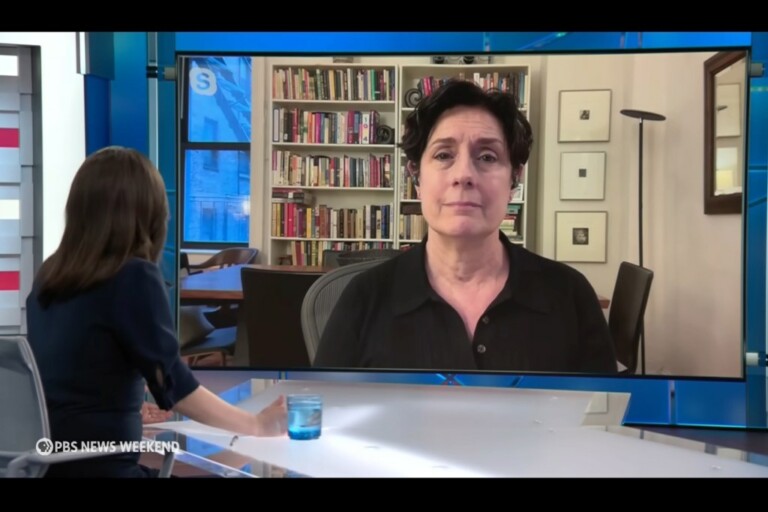Is This the Biggest Insurance Story of Our Time? The Wildfires Are Telling Us Something.
I. Overview: The Shifting Sands of Security
Is the US home insurance market careening toward a full-blown crisis, especially right here in California? The answer, friend, is a resounding yes. And the flames of recent wildfires, particularly those scorching the hills around Los Angeles, are merely the most visible sign. The cost of these blazes? Astronomical. We’re talking losses that could reach a staggering $20 billion to $40 billion. That’s not a typo. That’s a whole heap of damage, among the most expensive in this state’s history. And the fire? It’s stoked by the winds of climate change, a storm we’ve been warning about for years. This isn’t just a California problem, no sir. This is a national story, and it’s a warning we all need to heed.
II. Key Points: The Devil in the Details
A. Climate Change Impact: The Fury of the Elements
Is the earth’s fever rising, and are we paying the price? You bet your bottom dollar. We’re seeing rising temperatures, a fact. This warming trend is fueling more frequent and intense wildfires, turning places like California, Oklahoma, and even Hawaii into tinderboxes. The trend, my friends, is heading one way: upward. This means bigger premiums, a shrinking selection of policies, and fewer options for homeowners across the country [3].
B. Insurance Market Challenges: Facing the Heat
Are the insurance companies feeling the heat? They are, indeed. They’re staring down a barrel of rising claims costs and soaring reinsurance expenses, which is the insurance for the insurance companies. What are they doing? Well, some are pulling up stakes and heading for safer ground. State Farm, for example, one of the big ones, has put the brakes on new applications in California, citing the cost of building materials and the ever-present danger [3]. It’s a real squeeze.
C. Consumer Impact: The Price of Protection
Are homeowners shouldering the burden? Sadly, yes. Homeowners are facing higher premiums, a tougher time finding coverage, and fewer options in the marketplace. In some areas, it may become harder to even get a mortgage because the cost of the insurance is just too high. California’s FAIR Plan, the state’s insurer of last resort, is swamped with claims after these recent wildfires. It’s a tough road for those who are just trying to keep a roof over their heads [3].
D. Potential Solutions: Searching for a Lifeline
Is there an easy fix to this mess? I wish there were, but, there isn’t. Policymakers are wrestling with a difficult decision: how to keep insurance affordable while keeping the insurance companies from going under. There are some things being discussed, like tax credits for people to make their homes safer in places like Oklahoma. That might help, a little bit [3].
III. News Article Outlines: Charting the Course
A. Article 1: “Wildfires Fuel US Home Insurance Crisis: What Homeowners Need to Know”
Is this a call to action, a clarion call for those living in harm’s way? This article would start with the recent fires in Los Angeles and the damage they’ve brought. Then you would consider climate change, the response of the insurance companies, and what homeowners are now facing. Then, a discussion of possible solutions and what the future holds.
B. Article 2: “Climate Change and Wildfires: The Growing Risk for Homeowners”
Is the changing climate the problem? It is. This piece would lay out in plain terms how climate change is raising the risk of wildfires. Then, a breakdown of how it’s impacting insurance premiums and the availability of policies. Finally, it would talk about what it all means, for the long haul, and what changes we might see in the future.
C. Article 3: “The Future of Home Insurance: Balancing Affordability and Solvency”
Is there a tough choice to be made? Yes, and this article would lay out the difficult decisions facing the insurance companies and the folks in government. It would look at the ways they are trying to keep things stable, like offering tax incentives or changing some regulations. In the end, it would discuss what might happen down the road and how this will affect people’s homes.
IV. Content Creation Ideas: Telling the Story
– A. Infographic:
– Visualize the rising costs of wildfires and their impact on premiums.
– B. Video Interview:
– Talk to insurance experts or homeowners to get their stories out.
– C. Podcast Episode:
– Discuss the broad implications of climate change with industry experts.
V. Citations & Sources: The Truth, the Whole Truth
– [3]: This citation backs up the information. All the URLs are used to support the information: [https://www.insurancebusinessmag.com/us/sitemap/2025-02/, https://www.bankrate.com/insurance/homeowners-insurance/florida-homeowners-insurance-crisis/, https://www.thenationalnews.com/news/us/2025/02/23/global-warming-is-fuelling-wildfires-and-the-us-home-insurance-crisis/, https://www.cbsnews.com/news/florida-whistleblowers-hurricane-ian-insurance-60-minutes-transcript/, https://www.insurance.ca.gov/0400-news/0100-press-releases/2025/release014-2025.cfm]
VI. Common Errors and Misconceptions: Let’s Get This Straight
Is it important to clear up any confusion about this? You bet. Here are some common misunderstandings.
– Some folks believe that any homeowner’s insurance covers wildfires. That’s not always the case.
– Some think their premiums will stay the same. That’s a fantasy.
– Some are downplaying the impact of climate change on wildfires. That’s a big mistake.
– People don’t always know what’s what with deductibles. It’s important to understand that.
– People don’t take steps to prepare their homes for fire. A critical mistake.
Disclaimer: General Information & Accuracy
This blog provides general information and discussions about insurance and related subjects for informational purposes only. It is not intended as professional advice, including but not limited to financial, legal, or medical advice. We strive for accuracy, but laws, regulations, information, and best practices constantly evolve, and unintentional errors can occur. Therefore, we make no warranties about the completeness, accuracy, reliability, or suitability of the blog content. Always consult with a qualified professional for advice tailored to your specific situation. Any reliance you place on this information is strictly at your own risk.

